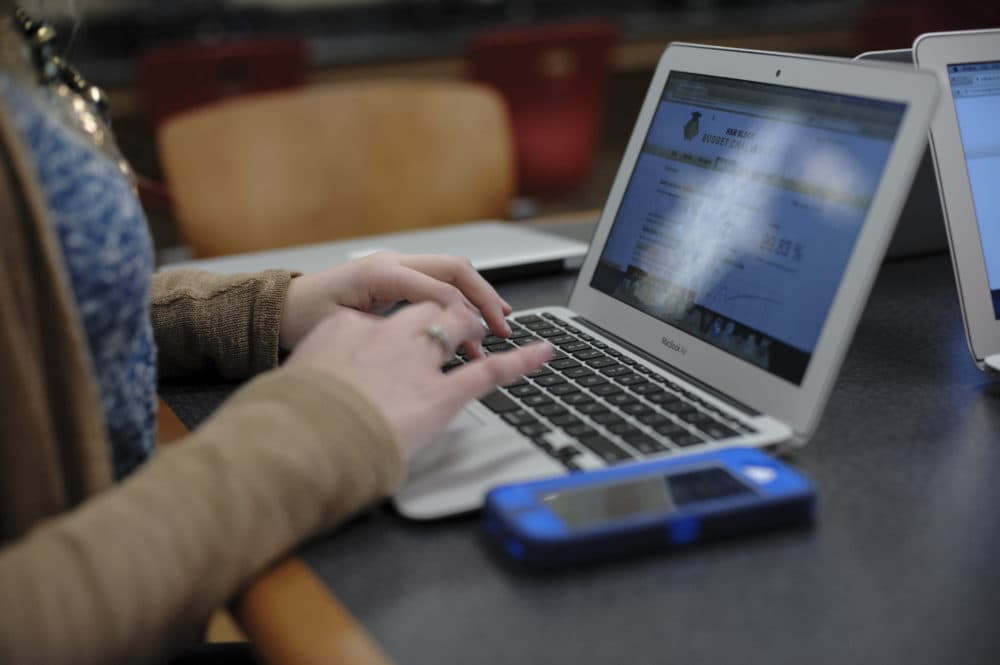Advertisement
Domestic Abusers Are Weaponizing Apps And In-Home Devices To Monitor, Intimidate Victims
Resume
In our digital world, it can be hard to go off the grid. For women looking to escape abusive partners, it can be near impossible.
For example, an Australian woman’s ex-boyfriend stalked her for months through simple technology in her car, the Washington Post reported. Using smartphone apps linked to her Land Rover, the man was allegedly able to control her windows and stop her car remotely.
Cases like this are far from unusual. They are part of what experts say is a growing trend of digital domestic abuse — abusive partners perpetuating familiar forms of intimate partner violence using technology.
A survey from the National Network to End Domestic Violence found 50% of victim service providers report that offenders use cellphone apps to stalk survivors, and another 41% reported abusers use GPS tracking.
Diana Freed, a PhD candidate specializing in digital security and privacy at Cornell Tech in New York City, is one researcher concerned by the relationship between digital technologies and intimate partner violence.
Digital domestic violence is possible because of the intimate nature of the relationship between an abuser and a survivor, Freed says. Abusers generally don’t need to use complicated spyware for surveillance.
“What happens is that quite often the abuser has set up some of the accounts on the person's phone. They might have bought the device for the survivor,” she says. “And they are accessing information quite often through a shared family plan, through a shared iCloud account. But the person isn't necessarily aware that they're still sharing that information.”
Abusers can even use seemingly innocuous applications like Find My Friends or Google Maps to track their partner, Freed says.
“We call that area of apps, dual-use apps, applications that have a legitimate use case, but then are misused in cases of intimate partner violence,” she says.
Sometimes women can’t just uninstall apps and in-home devices to avoid abuse either, Freed says.
“If they're installed in a way where the abuser is already is the leader of the account, it doesn't allow the survivor to have access,” she says.
Freed says she does not advise survivors to immediately remove an app or disable an account. Instead, she recommends that survivors “try to work with a professional, if possible, to figure out how they're accessing the information,” she says.
As a self-check, she says that victims should ask themselves a number of questions.
“Did the person buy this device for you? Do they pay the bill and see where you are, what calls you're making?” Freed says. “Have they at any time had access to your physical device, to a vehicle you might share?”
If you are a survivor of digital domestic abuse, professionals like Diana Freed have tools to help. You can call the National Domestic Violence Hotline at 1-800-799-7233 or visit the hotline’s page on tech and social media safety.
Kalyani Saxena produced and edited this interview for broadcast with Cassady Rosenblum and Tinku Ray. Saxena adapted it for the web.
This segment aired on November 27, 2019.